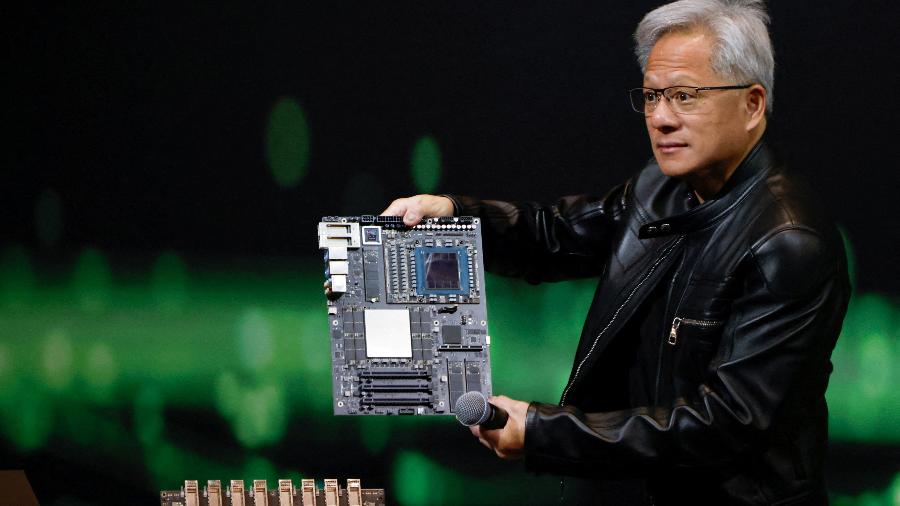Empresa de Eike Batista pode ter que devolver campo de petróleo ao governo
A ANP (Agência Nacional do Petróleo, Gás Natural e Biocombustíveis) anunciou nesta sexta-feira (12) que vai analisar os três poços de Tubarão Azul, da OGX (OGXP3), empresa do gupo EBX, do bilionário Eike Batista.
Eike Batista em tempos de crise
O objetivo da ANP é verificar se os poços são economicamente viáveis, e poderá retomar a área petrolífera se chegar a uma conclusão diferente da empresa de Eike Batista.
No início do mês, a OGX anunciou que não mais investirá no aumento da produção de Tubarão Azul, na bacia de Campos. A empresa disse ainda que a extração poderá parar no ano que vem, citando que no momento não há tecnologia capaz de viabilizar os investimentos adicionais.
"Há uma análise sendo feita na superintendência de desenvolvimento da produção. Nós temos três poços em Tubarão Azul, um deles produziu muito pouco e os outros dois com uma produção que merece ser mais bem analisada. Em função dessa análise e da capacidade produtiva desses poços, nós vamos chegar à conclusão se Tubarão Azul é econômico ou não", disse a diretora da agência, Magda Chambriard, durante conferência de imprensa no Rio de Janeiro.
Ela afirmou ainda que, se Tubarão Azul for econômico sob o ponto de vista da ANP, a agência vai pedir para a OGX realizar um novo plano de desenvolvimento. "Se a empresa disser: 'Ok, mas para mim não é econômico', ela (OGX) vai ter que devolver o campo", disse Magda, não descartando relicitar a área posteriormente.
Tubarão Azul é o único campo em produção no mar da OGX. O anúncio da empresa veio após os três poços em produção no local (OGX-26HP, OGX-68HP e TBAZ-1HP) sofrerem problemas operacionais e registrarem interrupções nos últimos meses.
Em junho, no entanto, a produção de Tubarão Azul recuperou-se com a retomada da atividade nos poços OGX-26HP e OGX-68HP, após parada por problemas técnicos em meses anteriores, chegando a 9,7 mil barris por, ante 6,8 mil bpd em maio e 1,8 mil bpd em abril.
(Com Reuters)



























ID: {{comments.info.id}}
URL: {{comments.info.url}}
Ocorreu um erro ao carregar os comentários.
Por favor, tente novamente mais tarde.
{{comments.total}} Comentário
{{comments.total}} Comentários
Seja o primeiro a comentar
Essa discussão está encerrada
Não é possivel enviar novos comentários.
Essa área é exclusiva para você, , ler e comentar.
Só s do UOL podem comentar
Ainda não é ? Assine já.
Se você já é do UOL, faça seu .
O autor da mensagem, e não o UOL, é o responsável pelo comentário. Reserve um tempo para ler as Regras de Uso para comentários.